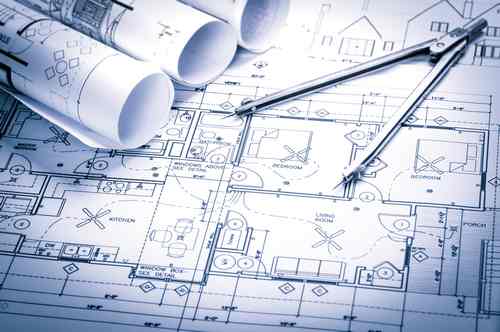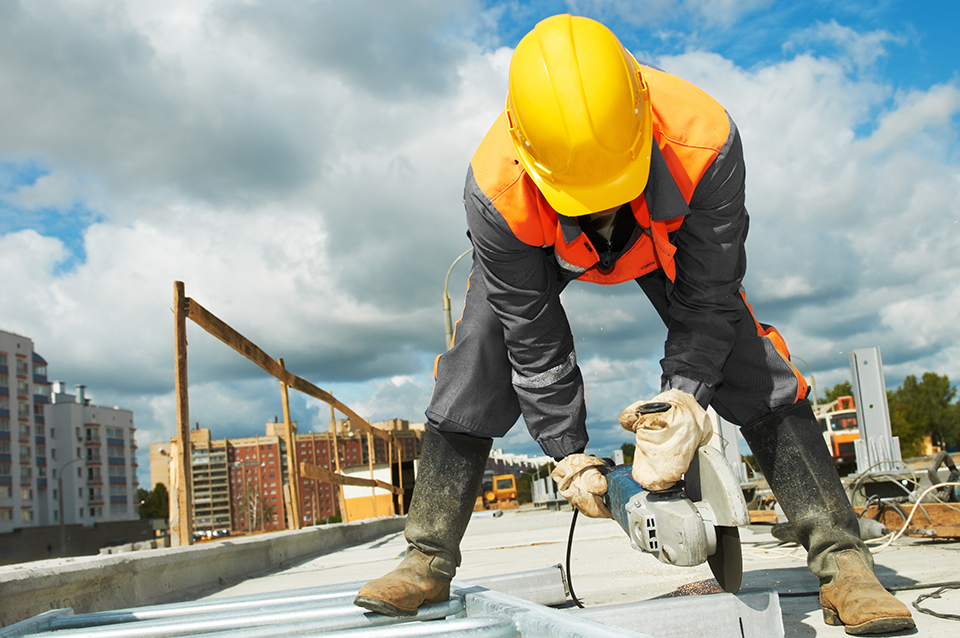The plumbing industry is on the brink of a technological revolution that promises to reshape how services are delivered, particularly in terms of efficiency and sustainability. In Boerne, Texas, pioneering companies like Jilly Plumbing are leading the charge, integrating cutting-edge technologies into their practices. This innovative approach not only enhances service delivery but also positions these businesses at the forefront of the plumbing industry’s future. As we move into 2024, several key trends and innovations are emerging that will likely become standard practice in the near future.
Smart Plumbing Systems
One of the most significant advancements in plumbing technology is the development of smart plumbing systems. These systems utilize IoT (Internet of Things) technology to monitor water usage, detect leaks, and even predict potential system failures before they occur. For homeowners and businesses alike, this means a drastic reduction in water waste and potential damage costs. Companies are developing sensors and devices that can be easily integrated into existing plumbing systems, providing real-time data to property owners and plumbers in Boerne, Texas, and beyond. This data not only helps in immediate leak detection but also aids in long-term water management strategies, making plumbing systems more responsive and less intrusive.
Eco-Friendly Materials and Practices
As environmental sustainability becomes a priority for consumers and industries alike, the plumbing sector is not left behind. The shift towards eco-friendly materials and sustainable practices is picking up momentum. Biodegradable pipes made from non-toxic, recyclable materials are entering the market, appealing to the eco-conscious consumer and reducing the environmental footprint of new plumbing installations. Moreover, water-saving fixtures such as low-flow toilets and showerheads are becoming more sophisticated, offering improved performance while still conserving water. Plumbers in Boerne, Texas, and other regions are increasingly recommending these options to their clients, reflecting a broader industry trend towards sustainability.
Advanced Training and Tools
The complexity of modern plumbing systems and the technologies they incorporate require a new level of skill and expertise from professionals in the field. To keep pace with innovations, plumbing companies like Jilly Plumbing are investing in advanced training programs for their technicians. These programs not only cover traditional plumbing skills but also focus on new technologies, such as the installation and maintenance of smart home water systems. Additionally, the use of augmented reality (AR) for training and in-field operations is helping plumbers visualize problems and solutions, enhancing accuracy and efficiency during repairs. This emphasis on continuous learning and adoption of high-tech tools is setting a new standard in the plumbing industry, ensuring that technicians are well-equipped to handle both current and future challenges.
As we look towards 2024, the plumbing industry is set to become more innovative, sustainable, and technologically advanced. With companies like Jilly Plumbing at the helm in locales such as Boerne, Texas, customers can expect not only improved service but also contributions to broader environmental goals. This blend of technology, sustainability, and skilled expertise defines the future of plumbing, making it an exciting time for both the industry and its customers.…




